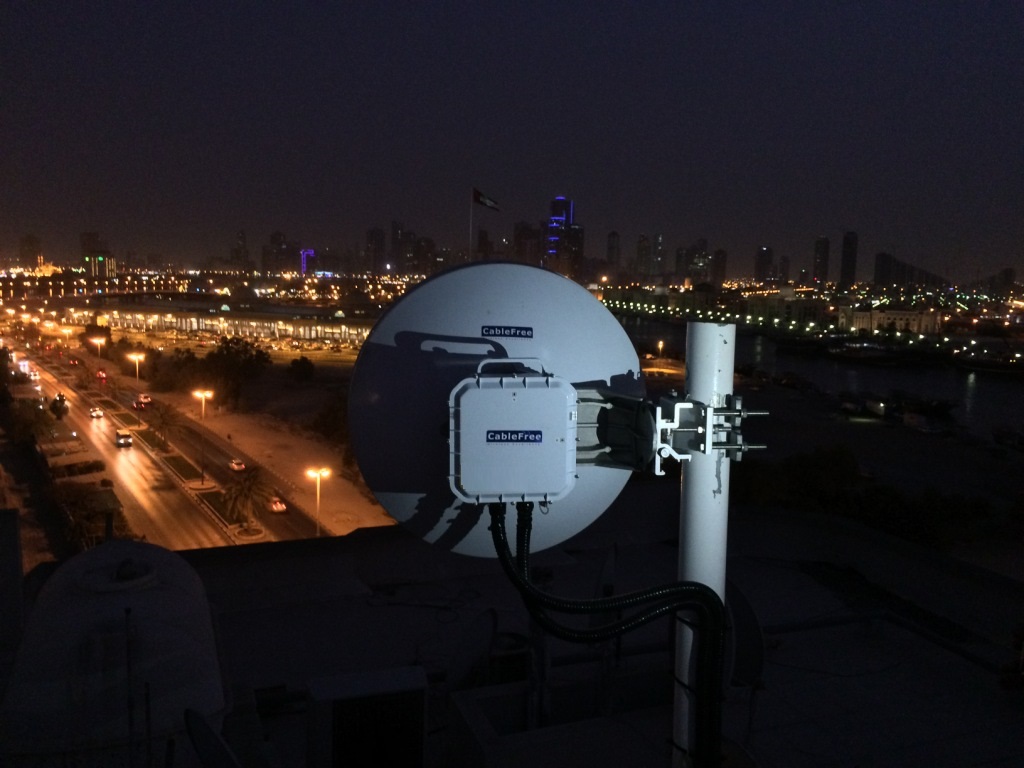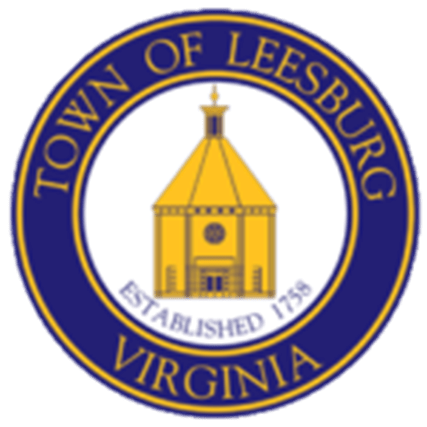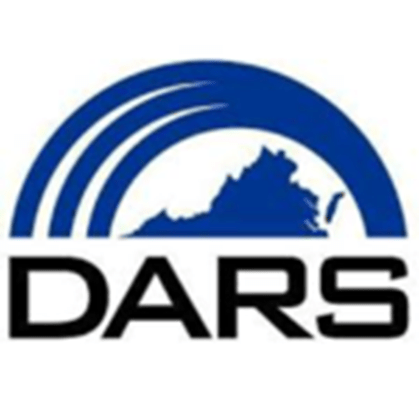
Government
Double Eagle has been a trusted infrastructure and communications technology vendor to local, state and federal government agencies in the Northern Virginia, Suburban Maryland and Washington D.C. area since 1992. It’s been quite a few years since our beginnings as a Nortel telephone systems reseller and voice and data structured cabling installer. Over the years, we have evolved and adapted our professional and technical expertise to address your evolving technology needs.
Today, we offer a comprehensive suite of voice and data solutions, including VoIP platforms, innovative Sound Masking for enhanced focus and productivity, security and compliance, Secure Wireless Links for reliable Internet access, industry-leading Cell Signal Boosters for clearer calls, and robust Wi-Fi Networks for seamless connectivity.
Entity Information
| System for Award Management (SAM) | Valid until 2025-03-16 |
| Commercial and Government Entity (CAGE) | 4RSN3 |
| Employer Identification Number (EIN) | 20-0517698 |
| Legal Name | Double Eagle Voice & Data Systems, LLC. |
| DBA Name | Double Eagle VoIP Systems |
| Physical Address | 9852 Business Way Manassas VA 20110-4151 US |
| Declaration of Size | Small Business Concern (under CFR Title 13, Chapter I, Part 121-a.) |
Core Competencies
Voice over IP (VoIP) Sales, Installation and Maintenance
Voice over Internet Protocol (VoIP), also called IP telephony, is a method and group of technologies for voice calls for the delivery of voice communication sessions over Internet Protocol (IP) networks, such as the Internet.
The broader terms Internet telephony, broadband telephony, and broadband phone service specifically refer to the provisioning of voice and other communications services (fax, SMS, voice messaging) over the Internet, rather than via the public switched telephone network (PSTN), also known as plain old telephone service (POTS).

Structured Cabling – Voice and Data Low-Voltage Design, Installation, Maintenance
In telecommunications, structured cabling is building or campus cabling infrastructure that consists of a number of standardized smaller elements (hence structured) called subsystems. Structured cabling components include twisted pair and optical cabling, patch panels and patch cables, etc.
Fiber Optic Cabling and Terminations
Fiber-optic communication is a method of transmitting information from one place to another by sending pulses of infrared or visible light through an optical fiber. The light is a form of carrier wave that is modulated to carry information. Fiber is preferred over electrical cabling when high bandwidth, long distance, or immunity to electromagnetic interference is required. This type of communication can transmit voice, video, and telemetry through local area networks or across long distances.
Optical fiber is used by many telecommunications companies to transmit telephone signals, internet communication, and cable television signals. Researchers at Bell Labs have reached a record bandwidth–distance product of over 100 petabit × kilometers per second using fiber-optic communication.
Unified Communications as a Service (UCaaS)
Unified communications (UC) is a business and marketing concept describing the integration of enterprise communication services such as instant messaging (chat), presence information, voice (including IP telephony), mobility features (including extension mobility and single number reach), audio, web & video conferencing, fixed-mobile convergence (FMC), desktop sharing, data sharing (including web connected electronic interactive whiteboards), call control and speech recognition with non-real-time communication services such as unified messaging (integrated voicemail, e-mail, SMS and fax). UC is not necessarily a single product, but a set of products that provides a consistent unified user interface and user experience across multiple devices and media types.

Wi-Fi Networking
Wi-Fi is a family of wireless network protocols based on the IEEE 802.11 family of standards, which are commonly used for local area networking of devices and Internet access, allowing nearby digital devices to exchange data by radio waves. These are the most widely used computer networks, used globally in home and small office networks to link devices and to provide Internet access with wireless routers and wireless access points in public places such as coffee shops, hotels, libraries, and airports to provide visitors.
Carrier Dialtone Services
A dial tone is a telephony signal sent by a telephone exchange or private branch exchange (PBX) to a terminating device, such as a telephone, when an off-hook condition is detected. It indicates that the exchange is working and is ready to initiate a telephone call. The tone stops when the first dialed digit is recognized. If no digits are forthcoming, the partial dial procedure is invoked, often eliciting a special information tone and an intercept message, followed by the off-hook tone, requiring the caller to hang up and redial.
Sound Masking
Sound masking is the inclusion of generated sound (commonly, though inaccurately, referred to as “white noise” or “pink noise”) into an environment to mask unwanted sound. It relies on auditory masking. Sound masking is not a form of active noise control (noise cancellation technique); however, it can reduce or eliminate the perception of sound. Sound masking is applied to an entire area to improve acoustical satisfaction, thus improving the acoustical privacy of the space. This can help an individual focus and thereby enhance productivity.

Point-to-Point Radio-Frequency Links
In telecommunications, a point-to-point connection refers to a communications connection between two communication endpoints or nodes. An example is a telephone call, in which one telephone is connected with one other, and what is said by one caller can only be heard by the other. This is contrasted with a point-to-multipoint or broadcast connection, in which many nodes can receive information transmitted by one node. Other examples of point-to-point communications links are leased lines and microwave radio relay.
The term is also used in computer networking and computer architecture to refer to a wire or other connection that links only two computers or circuits, as opposed to other network topologies such as buses or crossbar switches which can connect many communications devices.

Point-to-point is sometimes abbreviated as P2P. This usage of P2P is distinct from P2P meaning peer-to-peer in the context of file sharing networks or other data-sharing protocols between peers.
Distributed Antenna Systems
A distributed antenna system (DAS) is a network of spatially separated antenna nodes connected to a common source via a transport medium that provides wireless service within a geographic area or structure. DAS antenna elevations are generally at or below the clutter level, and node installations are compact. A distributed antenna system may be deployed indoors (an iDAS) or outdoors (an oDAS).
North American Industry Classification System (NAICS)
| Code | Industry Title |
| 238210 | Electrical Contractors and Other Wiring Installation Contractors |
| 517121 | Telecommunications Resellers |
| 517810 | All Other Telecommunications |
| 541330 | Engineering Services |
| 561499 | All Other Business Support Services |
| 811210 | Electronic and Precision Equipment Repair and Maintenance |
Product Service Code (PSC)
| Code | Description |
| E310 | Local Telephone Service |
| J001 | Facilities Maintenance and Repair Services |
| J008 | Communication Systems Maintenance and Repair Services |
| R701 | Audio Signal Distribution Appliances and Supplies |
| R703 | Telecommunications Equipment and Supplies |
| R704 | Cable and Wire Products |
| R749 | Other Communication and Information Technology Equipment and Supplies |
Clients












In Government Today, Your Phone System Is Your Lifeline to the World!
It’s how you stay in touch with your staff, other departments and agencies, your vendors, contractors, remote workers, and others upon whom the very success of your group so heavily depends! Inquire about VoIP connectivity and systems.
Planning Partner
Do you need a telecommunications system that will keep pace with the fast-changing world of business? Count on Double Eagle’s well-experienced professionals to design a system with powerful features to improve your communications with the community and the world.
We listen to your ideas and concerns, evaluate your site and then produce a communications plan that applies the latest technology to meet your needs. We consider the capacity you require now and the flexibility to expand and upgrade as your organization changes and grows.
Experience Matters
At Double Eagle, a knowledgeable staff is our most important asset. And, as an authorized dealer for E-MetroTel and Sangoma / Star2Star phone systems, we can offer you the products, systems and support of the leading manufacturers of telecom equipment in the industry.
From traditional digital communication systems to the latest in Voice over IP technology, Double Eagle can offer the best recommendation for your needs.
In-Depth Training
Your staff benefits most from state-of-the-art technology when they are fully trained to take advantage of the many advanced features of today’s telecommunications systems.
With Double Eagle, the job isn’t finished until your employees are familiar and comfortable with all of the key features of your new equipment. We train your personnel with on-site or online classes after installation. We provide special instruction for your system administrator and make certain that your entire workforce has easy-to-follow user guides for ready reference as they gain experience with the new system

We’re Here to Help!
Call Us…
Let’s chat about your next goal or a new dilemma you’re facing.
Share some thoughts with us. Check out how some of our products, services or areas of technical experience might bring an inventive and beneficial solution to your organization.
…or Write Us.
Give us some basic info about your latest challenge or idea.
Since 1992, we’ve been solving technology issues for companies, governments, NGOs, etc. We enjoy the creativity and thought processes that a new problem can foster.